






The mission of our Early Head Start and Head Start is to assist families to be the best that they can be by providing a safe, healthy, and nurturing environment where both parents and children can continue to grow.
Federally funded initiatives provide early childhood education and related comprehensive services for low-income parents and children and children with special needs. Early Head Start provides services in centers and in homes to prenatal parents and parents with infants and toddlers. Head Start serves children ages three through five and their parents to provide a head start for school success.
Parents And Children Together’s most recent audit covered the fiscal year 2016 (July 1, 2015 – June 30, 2016). The audit expressed an unqualified opinion with no findings.
Parents And Children Together’s Early Head Start and Head Start Program’s most recent triennial federal review occurred from January 12, 2014 to January 16, 2014. Based on the information gathered, no areas of non-compliance were found during the course of the review. Observations were conducted in preschool center-based classrooms using the Pre-K Classroom Assessment Scoring System (CLASSTM). The CLASSTM tool looks at three domains and ten dimensions of teacher-child interactions and measures those observed interactions on a seven point scale.
The average CLASSTM scores for the Head Start site visit was Emotional Support = 5.6576, Classroom Organization = 5.5362, and Instructional Support = 2.7536.
Fiscal
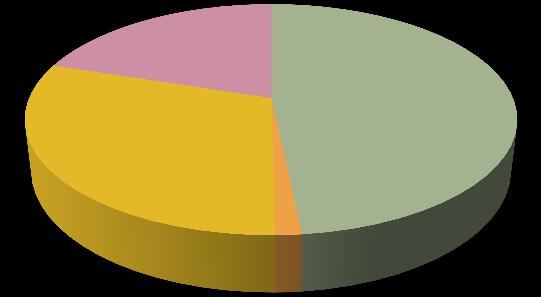
Early
HCF

BUDGET
BUDGET
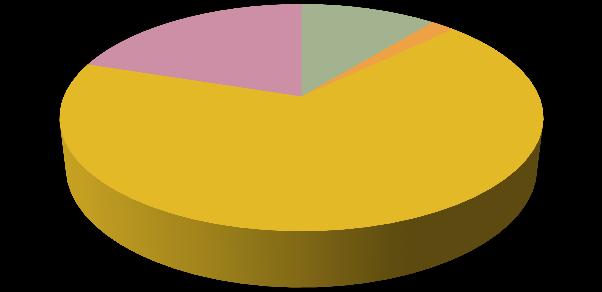
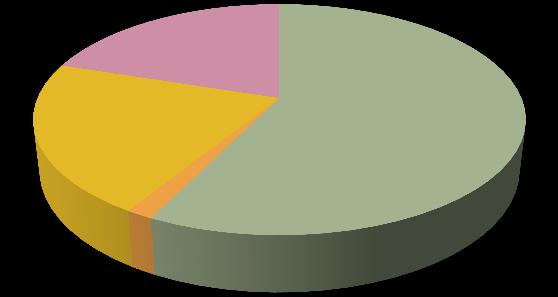
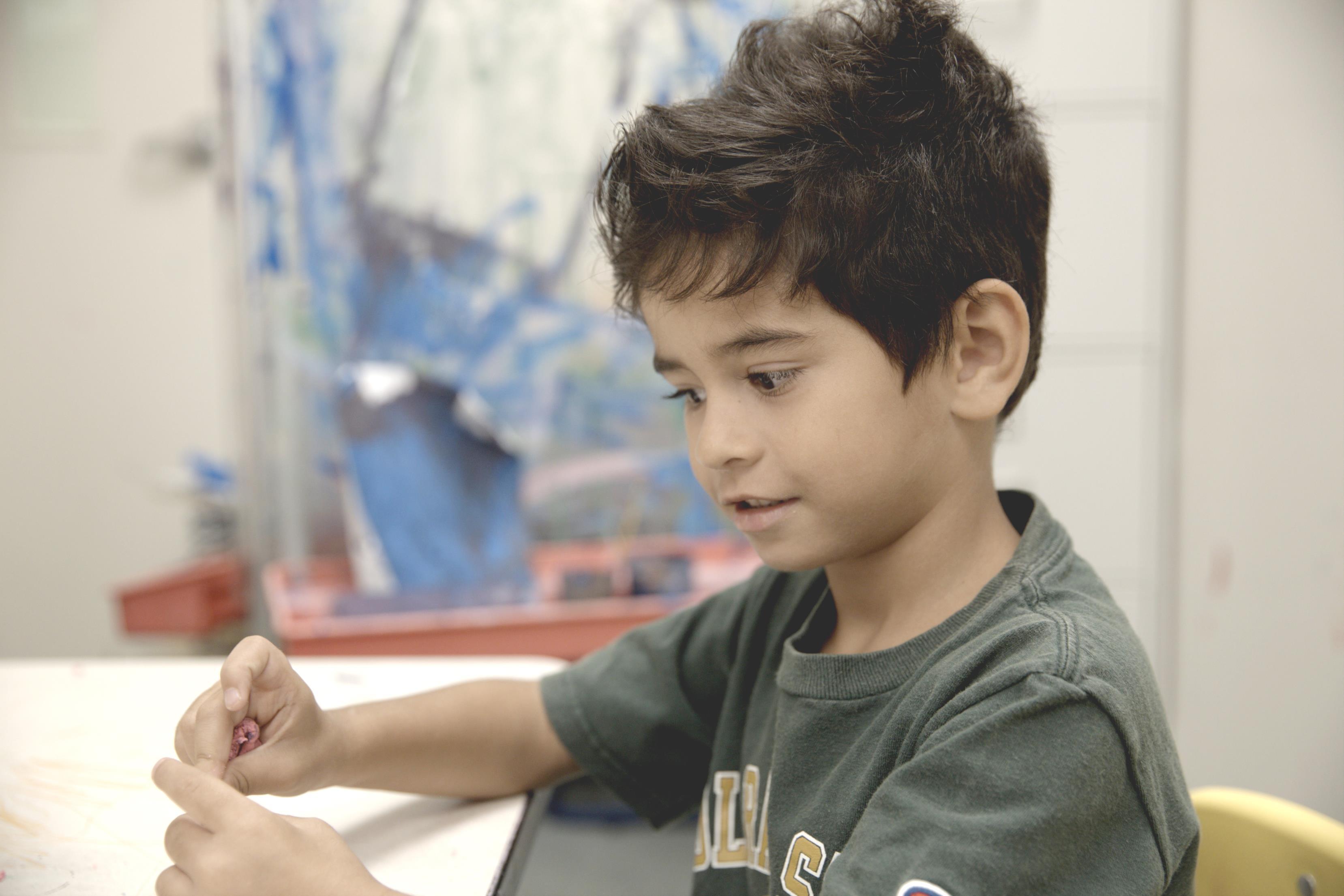
HS Funded Enrollment: 531
HS Average Monthly Enrollment: 100%
EHS Funded Enrollment: 277
EHS Average Monthly Enrollment: 100%
Number of Head Start children served: 612
Number of Head Start families: 564
Number of Early Head Start pregnant moms and children served: 396
Number of Early Head Start families: 319
Head Start – out of the 612 children served:
Income Eligible – 54%
Public Assistance – 22%
Foster Child – 3%
Homeless – 3%
Over Income
o Greater than 130% Federal Poverty Line – 9%
o 101-130% Federal Poverty Line – 8%
Early Head Start – out of 396 pregnant moms and children served:
Income Eligible – 63%
Public Assistance – 17%
Foster Child – 3%
Homeless – 10%
Over Income
o Greater than 130% Federal Poverty Line – 4%
o 101-130% Federal Poverty Line – 3%
Head Start – out of 612 children served:
2 years old – 3%
3 years old – 41%
4 years old – 56%
Early Head Start – out of 394 pregnant moms and children served:
Under 1 year – 29%
1 year old – 32%
2 years old – 35%
Pregnant women – 4%
Head Start
Received medical exam: 100%
Received dental exam: 93%
Early Head Start
Received medical exam: 94%
Received dental screen/exam: 63%
EHS-CCP Funded Enrollment: 80
EHS Average Monthly Enrollment: 100%
Number of EHS-CCP children served: 94
Number of EHS-CCP families: 79
Early Head Start CCP – out of 94 children served:
Income Eligible – 63%
Public Assistance – 9%
Foster Child – 13%
Homeless – 2%
Over Income
o Greater than 130% Federal Poverty Line – 3%
o 101-130% Federal Poverty Line – 10%
Early Head Start CCP – out of 96 children served:
Under 1 year – 34%
1 year old – 39%
2 years old – 27%
Early Head Start CCP
Received medical exam: 100%
Received dental screen/exam: 100%
Celebrate your Child, Celebrate your Family (East Hawaii)
Celebrate your Ohana (West Hawaii)
Hispanic Cultural Fair (West Hawaii)
North Hawaii Community Hospital
Keiki Fest
Malama da Mind Health Fair
Mercy Day (Hilo)
Policy Council Meetings
Parent Committee Meetings
Various Classroom Fieldtrips
Ready to Learn School Supplies
Toys for Tots
Adopt a Family
Socializations
Project Based Studies
Literacy Training (West Hawaii)
Aloha Day
Creative Curriculum Learning Games and Mighty Minutes
Clothing / Toy / Book exchange and Lending Library
Pahoa Christmas Parade
Waialua Christmas Parade
Program Self-Assessment
Program Volunteer Opportunities
Interviews
Region 9 Family Engagement Conference
PACT Pop Up events and Hoolaulea
Health Literacy Fair
School Readiness Fair
Keiki Spring Fest (Waianae)
Parent Workshops:
General Health Trainings:
- Physical Examination / WellBaby Checks (6 trainings)
- Immunizations (1 training)
- Blood Pressure / Hypertension (1 training)
- Lead / Lead Poisoning (9 trainings)
- Health Requirements (2 training)
- Oral Health (8 trainings –including HCI)
- Hearing Screening (3 trainings)
- Daily Health Check / Common Childhood Illness (1 training)
- Hemoglobin & Hematocrit / Anemia (2 trainings)
- EFNEP
How to Close the Achievement Gap
Reducing screen time
Car Safety (1 training)
Emergency Preparedness (1 training)
Family routines

PACT Early Head Start / Head Start curriculum aligns with the Head Start Early Learning Outcomes Framework (HSELOF, 2015), which consists of five broad areas of early learning, referred to as central domains. These domains reflect research-based expectations for learning and development. The HSELOF emphasizes the key skills, behaviors, and knowledge that the program must foster in children ages birth to 5 to help them be successful in school and life.
In order to accomplish this, PACT utilizes the following curriculum and tools in homebased and center-based settings:
Creative Curriculum
Project-based Studies
Second Step
I’m Moving, I’m Learning
Cavity Free Kids
Imagine Learning
Center on Social Emotional Foundations for Early Learning (CSEFL) Model
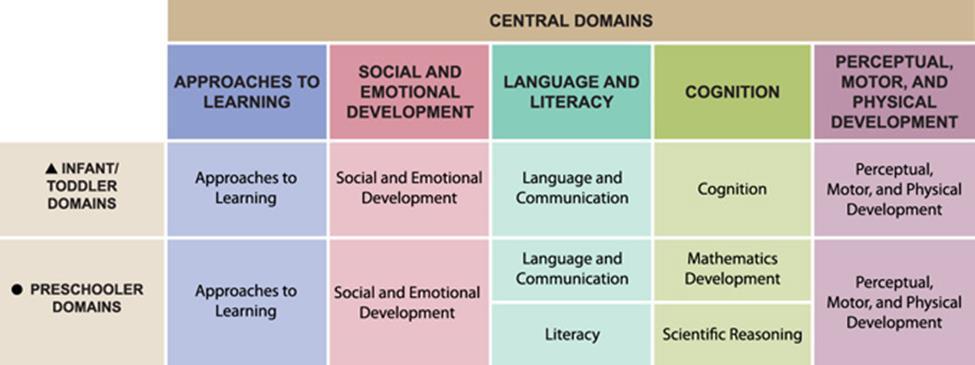
Partners for Healthy Baby: Home Visiting Curriculum for Expectant Families
Great Beginnings
Hawaii Developmental Charts
Hawaii Early Learning Profile (HELP) – zero to 6 years old
Bridges to Vocabulary
San Angelo Home Visiting Curriculum
Play Safe! Be Safe!
Hawaii Early Learning and Development Standards (HELDS)
Making the Most of Classroom Interactions CLASS Training Modules
National Center for Quality Teaching and Learning (NCQTL) In-Service Suites
In addition, PACT conducts the following activities to ensure that children and families are prepared for a successful transition from Early Head Start to Head Start and from Head Start to Kindergarten:

School Readiness Fairs
Transition Fairs
Head Start and Kindergarten classroom visits
Individual transition plans
Outcome: Children will be ready to learn and succeed in kindergarten.
Outcome: Children will be ready to learn and succeed in preschool.



